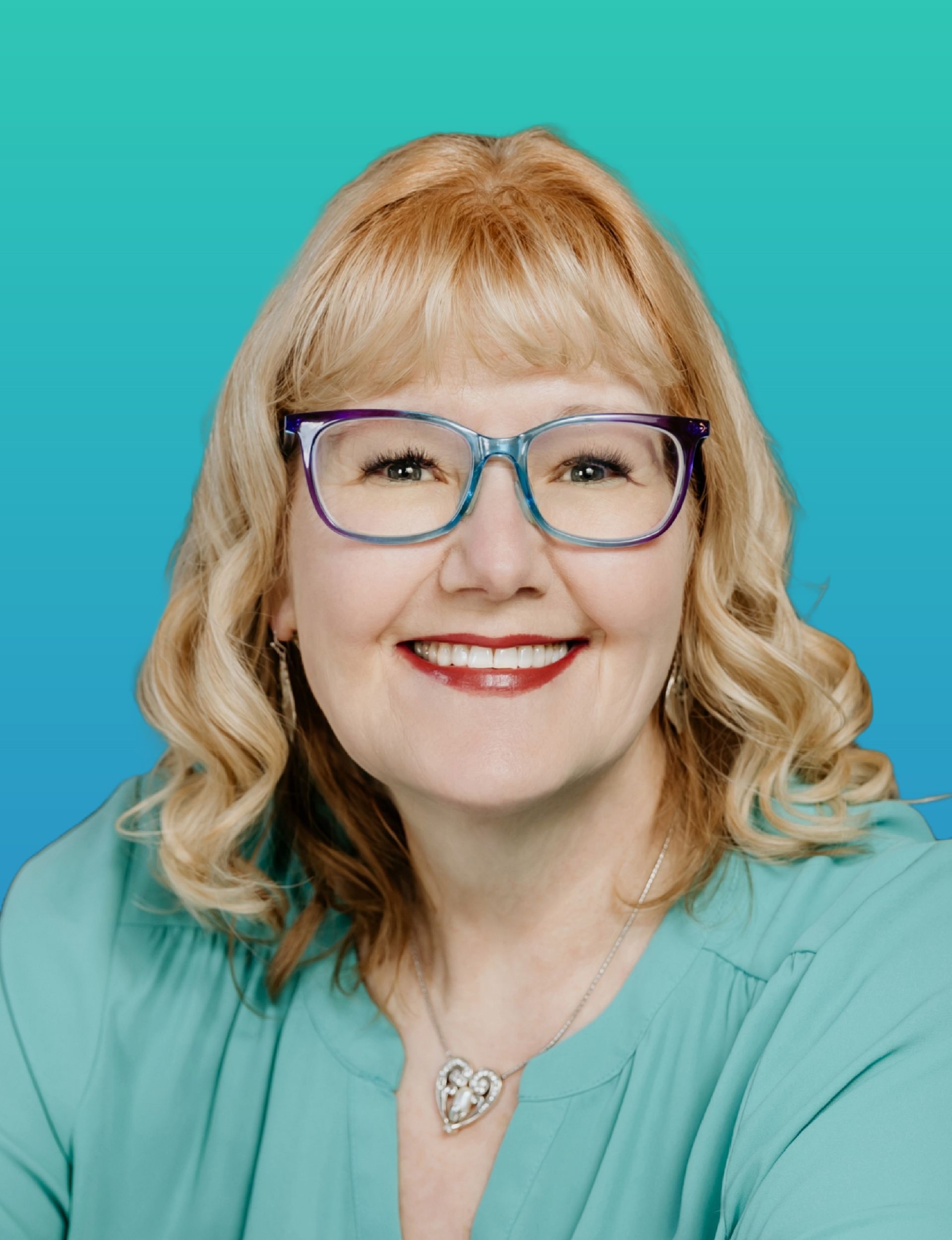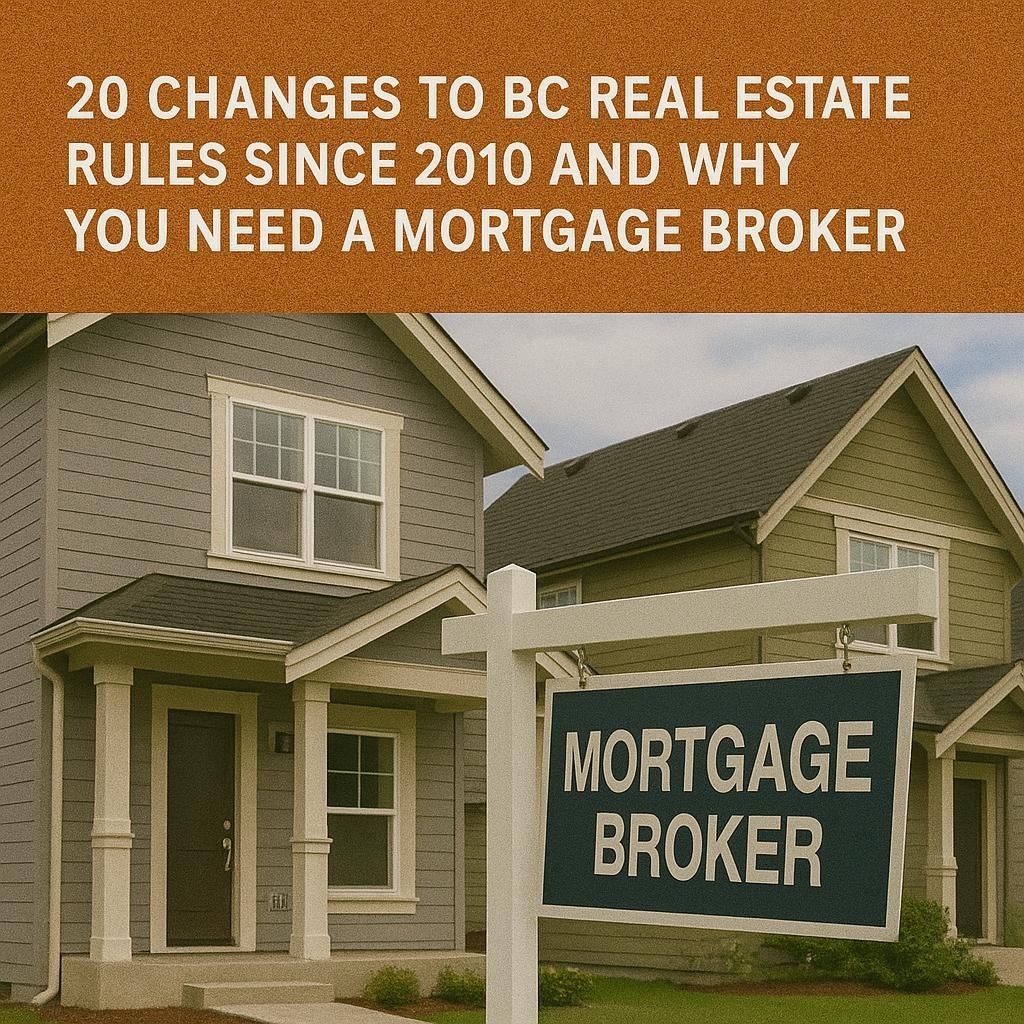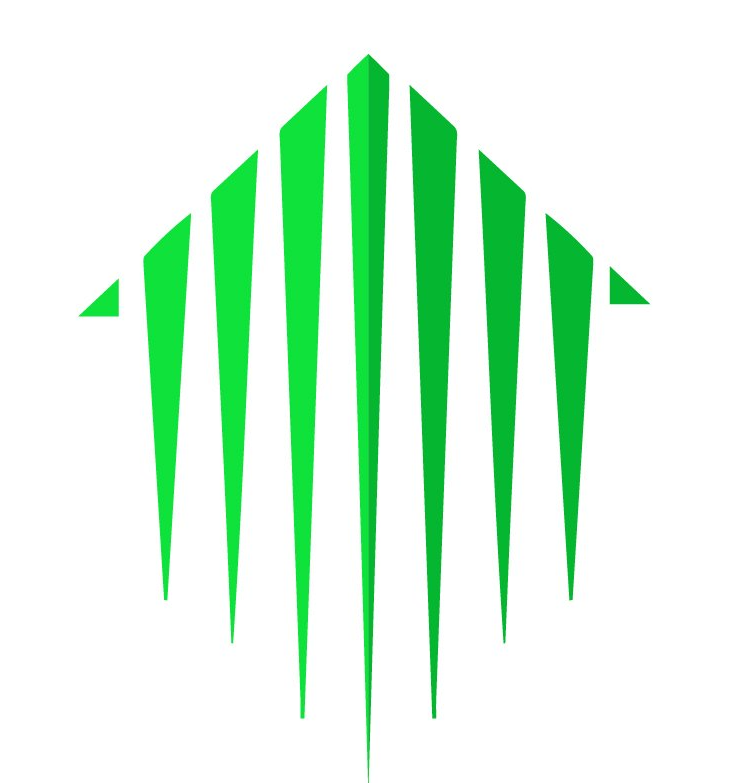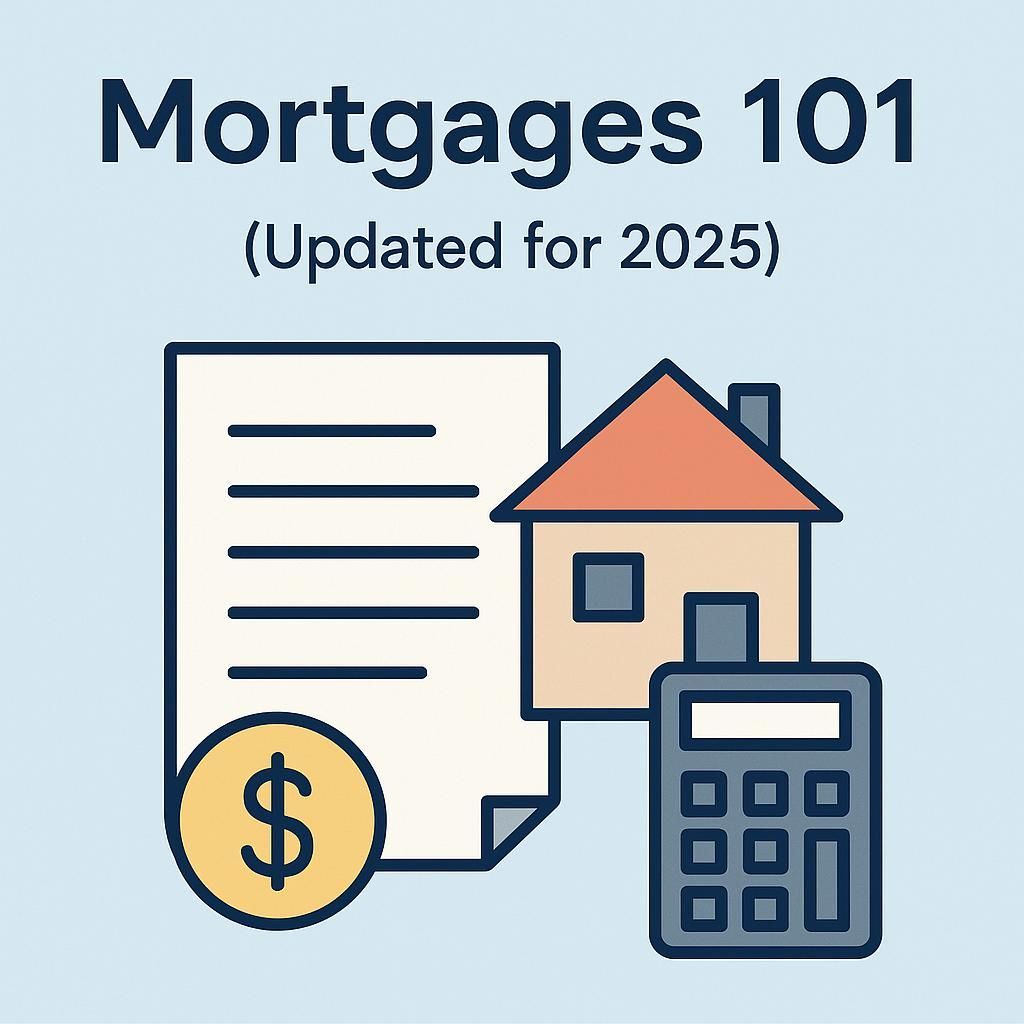Collateral vs Conventional Mortgages… What the Banks don’t want you to know…
Revolving Mortgages may sound like a great idea…BUT they are the Golden Handcuffs that bind you to your bank!!
When shopping for a mortgage you’ll probably ask the usual questions regarding: rate, term, payment frequency, but you probably won’t ask if a conventional or collateral mortgage is going to be registered against your property. So what exactly is the difference?
Not all mortgages are created equal. There’s a major distinction that you need to be aware of: collateral (revolving) mortgages vs. conventional mortgages. Most of Canada’s big banks and Credit Unions now register mortgages as Collateral Charges without informing the client of the pros and cons.
Since most lenders weren’t doing a good job of informing their clients – changes were implemented in the Canadian 2014 Budget and effective January 31, 2015 “consumers require sufficient information in order to more clearly understand the costs and consequences of a collateral charge mortgage relative to a conventional mortgage.”*
- CBC News: Marketplace Collateral Mortgage vs. Conventional Mortgage – the fine print could cost you. 6 minute Video
- Globe & Mail – Collateral Charge Mortgage explained in 2 minute video
Conventional Mortgage is the “normal” mortgage we have known for the last 30 years. A conventional mortgage establishes a set amount you are borrowing including: the interest rate, terms, repayment schedule and the amortization (so you know when you’ve paid off your home). This information is in a document that’s registered with your provincial land title/registry office. i.e. $300,000 mortgage, 3% interest, 5 year term, amortized over 25 years
- Once your mortgage term (usually 5 years) matures most other banks will allow you to “transfer” or “switch” your mortgage to them at little or no cost.
- Should you need more money, (assuming you can pay off the additional borrowed funds) you can have the same lender (or shop around for better rates with another lender) approve a second mortgage and register this behind the first mortgage.
- If you don’t borrow any more money against your property, the principal balance goes down, down, down until it’s all paid off. YIPPEE mortgage burning party time!
Collateral Mortgage differs from a conventional/standard mortgage in some very important ways. Pay attention here!
In a Nut Shell:
- A collateral charge mortgage is non-transferable without a paying a Lawyer/Notary to get involved.
- Therefore, lenders rarely offer best rates when they know you can’t leave without paying a penalty. (Surprise, Surprise!!)
- The bank (under Canadian Offset Law) can utilize a collateral mortgage to pay out any other unpaid debts you have with them.
- A collateral/revolving mortgage is re-advanceable
The Details: With a collateral mortgage, the BIG difference is in the terms and conditions . On a debt as large as your mortgage you MUST understand the fine print (so engage an independent mortgage broker like myself and ask lots of questions)!
1. A collateral charge is non-transferable. It can’t be assigned (transferred or switched) to a new lender like a regular mortgage. When your mortgage term is over (i.e. after a 5 year term) most consumers have the opportunity to “switch” their mortgage to a new lender for better interest rates or terms, but only if it is registered as a conventional mortgage.
- A Conventional mortgage is registered against the title of the property with the amortization outlined, so a “new” lender simply pays out the other mortgage and continues on with the same amortization & balance as the previous lender had in place.
- If you want to change lenders for a Collateral mortgage you’d have to pay the legal fees to discharge your Collateral mortgage and have a new mortgage registered. These legal fees, typically $600-$1200, crush your power as a consumer to shop and obtain a more competitive rate or better terms than your existing lender is offering you. (WHAT the heck??)
- Lenders rarely offer best rates when they know you can’t leave without paying a penalty. (Surprise, Surprise!!)
2. If you have other loans or credit cards with the same financial institution as your mortgage.
 Lenders can use a right under Canadian Law called “offset” to utilize a collateral mortgage to pay out any other unpaid debts you have with them. YES believe it NOT, your credit cards, line of credit, car loan etc. are now tied to your mortgage (scared yet? You should be!) This means:
If you have equity in your home and you have defaulted on another loan or credit card, the lender can increase your collateral mortgage to pay out this other debt.
Lenders can use a right under Canadian Law called “offset” to utilize a collateral mortgage to pay out any other unpaid debts you have with them. YES believe it NOT, your credit cards, line of credit, car loan etc. are now tied to your mortgage (scared yet? You should be!) This means:
If you have equity in your home and you have defaulted on another loan or credit card, the lender can increase your collateral mortgage to pay out this other debt.
- If you go into arrears/default, the bank has the right to raise your interest rate by up to Prime + 10% (i.e. your 3% mortgage rate is now 13%)
- You should be horrified that under the same circumstances, the bank could start mortgage default proceedings. YESSIREE this means you could end up losing your home !
In contrast under the conventional charge mortgage, your other debts are kept separate and your mortgage is unaffected by life’s lumps & bumps along the way.
3. When registering a collateral mortgage, the lender can register up to 125% of the value of your property at rates as high at Prime + 10% ( regardless of what you signed for ). Any future borrowings that you may want to leverage from your home will have to come from your current collateral mortgage holder.
- As an example, say you want to refinance your mortgage to consolidate debts and/or renovate your home etc., and your lender declines your file… you would NOT be able to approach another lender. Why ? Because if your lender has secured your home via a Collateral Mortgage they’ve place a “hold” on all your equity up to 125% of the property value, so there is no equity available to secure your loan request.
- i.e. If you have a property worth $500,000 with $100,000 down payment a conventional mortgage of $400,000 would be registered.
- With a Collateral Mortgage the property may be listed at up to 125% of the property value (i.e. $625,000), even though your $400,000 mortgage is outstanding.
- Also, if you wanted to secure a second mortgage, no second mortgage could be arranged from a different lender because they would have to register behind the collateral mortgage which may be listed at 125% of the property value, even though only a fraction of that amount may be owed with your mortgage.
4. A collateral charge a revolving loan or re-advanceable Which means the lender can lend you more money after closing, without you needing to refinance and pay a lawyer. This is similar to how a line of credit works.
- You have to re-qualify for any new money borrowed.
- You have to hope
that the bank gives you a competitive rate
- fingers crossed since not much you can do, if their rates are high
- The basic workings of a collateral mortgage is that the mortgage is actually a promissory note secured by a lien against your property for the total amount registered (up to 125% of the property value).
5. Lenders advertise Collateral/Revolving Mortgages as cheap ways to refinance, but they fail to mention that what you save in legal fees can easily be consumed by potentially less-than-favourable rates on any new mortgage money you borrow.
In summary, if you don’t believe that you’ll need to refinance or extract equity from your home, then a regular/conventional/standard charge mortgage would be your best choice . It will give you the ability to shop around your mortgage and move to another lender at renewal for better rates/terms, without incurring legal fees. If you need to borrow more with a conventional mortgage, you have the option of a second mortgage or line of credit.
Collateral/Revolving Mortgages… the Golden Handcuffs… What the Banks don’t want you to know… A Collateral mortgage for the average person will cost you more than you will save!
Let’s discuss a mortgage that works for you (not the bank)!
Kelly Hudson
Mortgage Expert
Mobile: 604-312-5009
Kelly@KellyHudsonMortgages.com
www.KellyHudsonMortgages.com
*Government of Canada – Budget 2014 Collateral Charge Mortgage While many consumers continue to choose a traditional mortgage to secure their home loans, many are increasingly choosing collateral charge mortgages. The impacts of having a collateral charge mortgage may differ from traditional mortgages. For instance, switching between lenders may be more difficult. To make an informed choice, consumers need sufficient information to clearly understand the costs and consequences of collateral charge mortgages relative to traditional mortgages. The Government will require enhanced disclosure, better equipping borrowers to understand these impacts.







